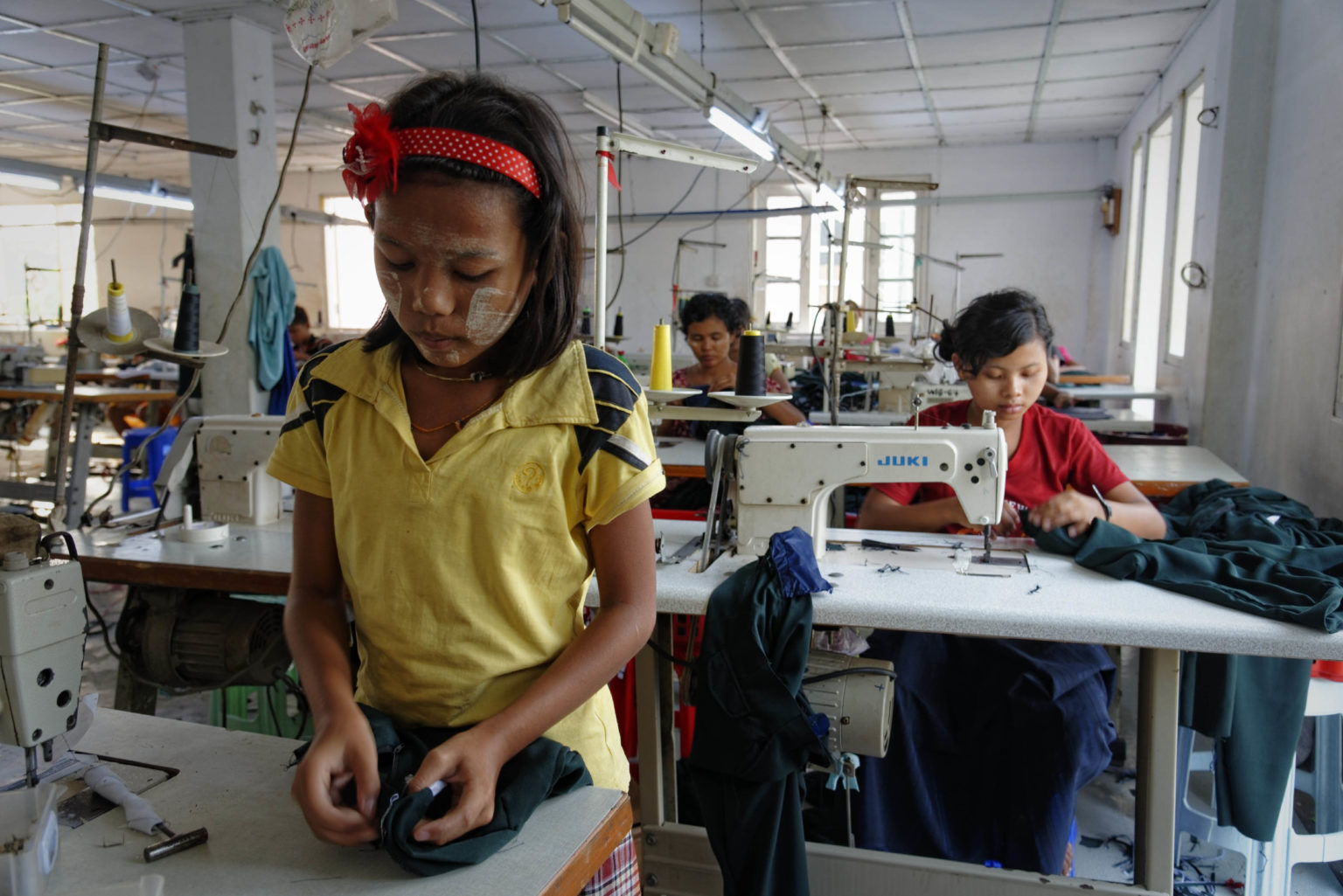As we see out the 2021 International Year for the Elimination of Child Labour, one thing is clear: it’s time to step up action. Child labour has worsened. According to the International Labour Organization (ILO) and UNICEF, there are now 160 million children in child labour – 8.6 million more children than in 2016. In the words of Guy Ryder, ILO Director-General, “the new estimates are a wake-up call. We cannot stand by while a new generation of children is put at risk.”
As the coordinator of the ILO’s Global Business Network on Forced Labour (GBNFL), my day-to-day focus is on leveraging private sector action to end forced labour. What many people don’t realise is that there is an overlap between child labour and forced labour. Children can also be victims of forced labour.
In fact, in working to address forced labour, we are also working to address some of the worst forms of child labour. These include situations where children are victims of trafficking, debt bondage, slavery or slavery-like practices. Forced labour of children also includes the use, procuring or offering of a child for prostitution, pornography, or illicit activities.
Where children are in situations of forced labour, this usually takes two primary forms. First, children whose parents are in forced labour tend to work alongside them and are therefore also victims. Second, children are trafficked or coerced into situations of forced labour.
There are many reasons why so many children around the world are victims of forced labour. These include poverty, weak governance, lack of access to quality education, absence of social safety nets, and low company awareness of forced labour of children and/or capacity to prevent it. Exacerbating factors such as unfair recruitment practices and natural disasters also play a role.

© International Labour Organization / Photographer: M. Crozet
In 2016, the ILO calculated that of the 25 million people worldwide trapped in situations of forced labour, 4.3 million were children. Most of these cases, 3 million, were found in the private economy. Today, we await new figures on forced labour prevalence in 2022 knowing full well that current events have exacerbated the situation.
For one, COVID-19 has worsened the root causes of forced labour of children, such as poverty and lack of social safety nets. On top of this, climate change is driving forced migration. According to the World Bank, climate change could force 216 million people to move within their countries by 2050. Many children in situations of forced labour are migrants, and displacement makes them even more vulnerable.
With the recent universal ratification of the ILO’s Worst Forms of Child Labour Convention, 1999 (No. 182), which refers to the forced labour of children, there is now worldwide agreement that no child should be a victim of forced labour. We can use this momentum to make similar progress on universal recognition that no person should be a victim of forced labour, through ILO’s Forced Labour Convention, 1930 (No. 29) and its associated 2014 Protocol.
Additionally, the ILO’s 11 indicators of forced labour provide the basis for assessing red flags. However, the indicators must be applied flexibly as children are generally more easily deceived and coerced and, overall, more vulnerable than adults.
ILO GBNFL has put together an information brief on forced labour of children to help raise awareness and drive action where forced labour and child labour intersect. For companies, this issue may seem beyond their sphere of influence. However, our brief sets out that forced labour of children is found in industries relevant to the private sector, such as agriculture, small-scale mining, apparel, brick production, and domestic work.
It is true that much of this work is hidden and informal in nature, but this does not mean that there are no solutions or means for companies to engage. In recognizing that when children are in forced labour they are often working alongside their parents who themselves are in forced labour, addressing forced labour more widely also becomes a priority.
So, what are some of the first steps companies can take?
- Be informed. Understanding where forced labour and child labour overlap is key.
- Identify risks. Apply the ILO’s 11 indicators of forced labour while bearing in mind that children are generally more vulnerable than adults to coercion and deception.
- Target action. Address forced labour of children where it is most prevalent, particularly in domestic economies and lower tiers of supply chains.
- Work in partnership. Work with others to prevent and remediate forced labour of children and advocate for better national responses.
Ultimately, we can do more together. Leveraging the collective power of the CGF and its members, and the ILO’s unique tripartite structure, give us this opportunity. Working collectively, we can close knowledge gaps and develop and implement processes to tackle forced labour of children. The CGF’s Human Rights Coalition – Working to End Forced Labour, which brings together committed companies, could make a huge difference here.
To learn more about forced labour of children and actions you can take, we invite you to read our brief.
